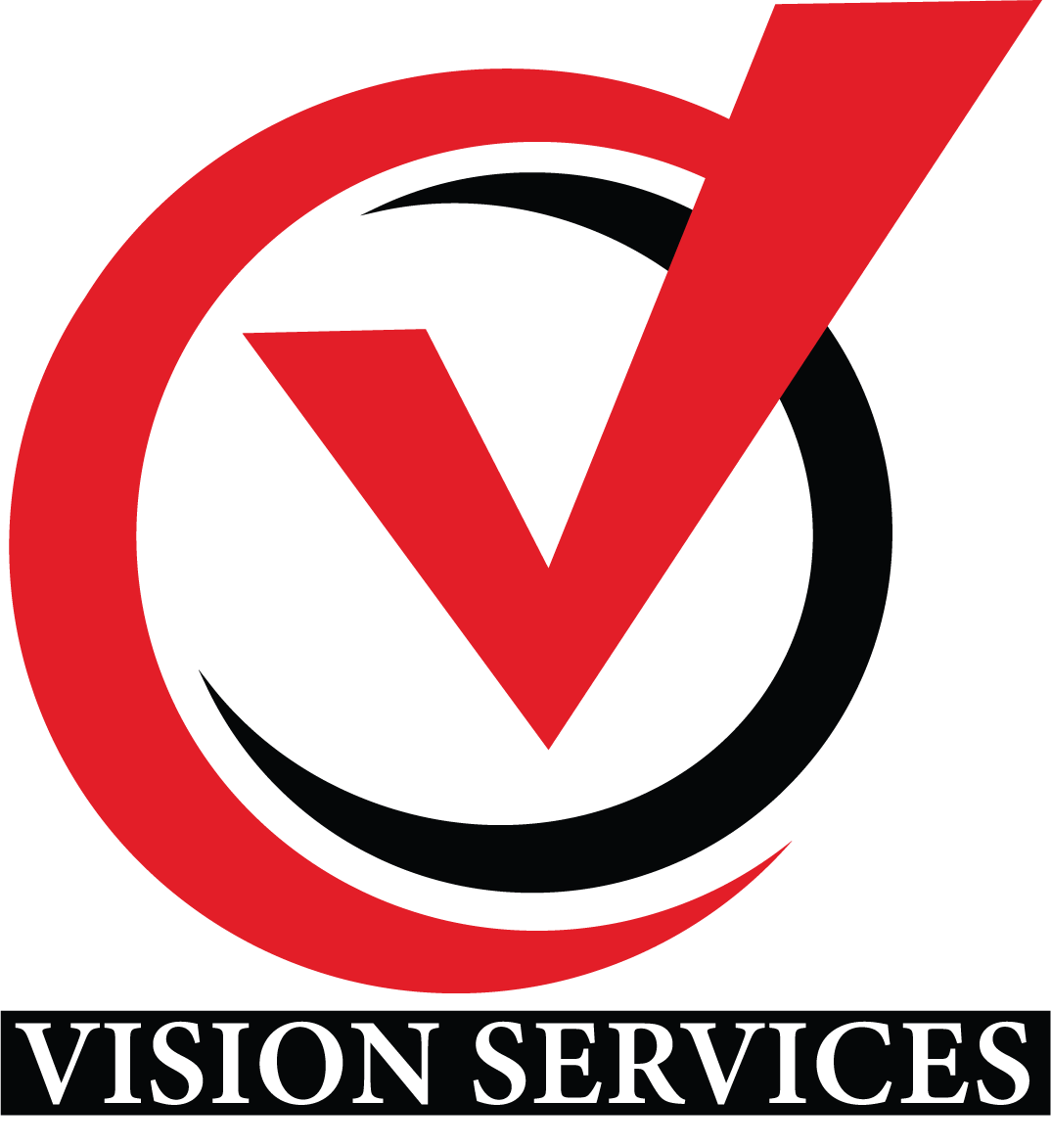The success of any organization is closely tied to the growth and development of its employees. A workforce that continuously improves its skills, knowledge, and competencies not only drives productivity but also fosters innovation, engagement, and long-term business sustainability. Organizations that prioritize employee growth create a culture of excellence, adaptability, and high performance.
Investing in employee growth is more than offering training programs—it involves mentoring, career development, recognition, and creating opportunities that empower individuals to contribute meaningfully to organizational objectives. This blog explores how employee growth fuels organizational success and why it is a critical strategy for modern businesses.
Understanding Employee Growth
Employee growth refers to the continuous development of an individual’s skills, knowledge, and professional capabilities. It is a combination of personal development, career advancement, and enhanced job performance. When employees grow, they become more capable of taking on complex challenges, innovating processes, and contributing to organizational goals.
Key dimensions of employee growth include:
- Skill Development: Technical and soft skills that improve job effectiveness.
- Career Advancement: Opportunities for promotions and professional progression.
- Personal Development: Emotional intelligence, leadership abilities, and decision-making skills.
- Knowledge Enhancement: Staying updated with industry trends and best practices.
Organizations that prioritize these aspects create a motivated, competent, and high-performing workforce.
The Link Between Employee Growth and Organizational Success
- Increased Productivity
When employees develop new skills and knowledge, they can perform tasks more efficiently, make informed decisions, and solve problems effectively. Enhanced productivity directly impacts the organization’s bottom line. - Higher Employee Engagement
Employees who see opportunities for growth feel valued and motivated. Engagement improves retention rates, reduces absenteeism, and fosters a positive workplace culture. - Innovation and Creativity
Growth-oriented employees are more likely to bring fresh ideas, suggest improvements, and contribute to innovative solutions that give the organization a competitive edge. - Leadership Development
Employee growth ensures a strong pipeline of future leaders who can take on managerial roles and guide teams toward achieving strategic goals. - Organizational Adaptability
A workforce committed to continuous learning enables the organization to adapt quickly to market changes, technological advancements, and industry disruptions.
Strategies to Promote Employee Growth
1. Provide Training and Skill Development Programs
Organizations should offer structured training programs tailored to both technical and soft skills. Examples include:
- Online courses and certifications
- Workshops and seminars
- On-the-job training
- Leadership and communication programs
Well-trained employees are better equipped to handle challenges and deliver higher-quality results.
2. Offer Mentorship and Coaching
Mentorship programs connect employees with experienced professionals who guide them in career development, decision-making, and skill acquisition. Benefits include:
- Faster learning curves
- Increased confidence
- Exposure to best practices
- Improved problem-solving abilities
Coaching ensures employees receive continuous support, feedback, and encouragement for personal and professional growth.
3. Establish Clear Career Paths
Employees perform better when they understand the potential for growth within the organization. Strategies include:
- Mapping career development plans
- Offering promotional opportunities based on performance
- Providing guidance on skills required for advancement
Clear career paths motivate employees to perform at their best and align their goals with organizational objectives.
4. Encourage Continuous Learning
A culture of continuous learning keeps employees up-to-date with industry trends, technology, and emerging best practices. Organizations can encourage learning through:
- Subscriptions to learning platforms
- Industry conferences and workshops
- Internal knowledge-sharing sessions
- Encouraging certifications and advanced degrees
Employees who consistently enhance their skills bring more value to the organization.
5. Recognize and Reward Achievements
Acknowledgment and rewards reinforce positive behavior and motivate employees to continue growing. Examples include:
- Public recognition in meetings
- Performance-based incentives and bonuses
- Career advancement opportunities
- Employee appreciation programs
Recognition creates a sense of purpose and encourages employees to invest in their personal and professional growth.
6. Promote a Culture of Collaboration
Collaborative work environments enhance learning opportunities, as employees share knowledge, skills, and insights. Strategies include:
- Cross-functional teams for projects
- Brainstorming sessions for problem-solving
- Peer-to-peer mentoring programs
- Team-building activities to strengthen communication
Collaboration fosters knowledge transfer, creativity, and overall organizational growth.
7. Provide Challenging Assignments
Assigning employees to challenging projects encourages skill development and critical thinking. These opportunities:
- Enhance problem-solving abilities
- Build resilience and adaptability
- Develop leadership and decision-making skills
Challenging assignments help employees grow professionally while contributing meaningfully to organizational goals.
8. Leverage Technology for Growth
Digital tools can facilitate employee development and performance improvement. Examples include:
- Learning management systems (LMS)
- Performance analytics tools
- AI-driven personalized training platforms
- Communication and collaboration software
Technology ensures that employees have access to the right resources for continuous improvement.
Real-World Examples
- Technology Sector: A software company implemented structured mentorship programs and training initiatives, leading to a 30% increase in productivity and innovation.
- Healthcare Industry: Hospitals invested in professional development programs for nurses and administrative staff, improving patient care and operational efficiency.
- Finance Sector: Employees who participated in skill enhancement workshops showed faster career progression and contributed to higher organizational profitability.
These examples demonstrate how employee growth initiatives directly translate into organizational success.
Future Trends in Employee Growth
- AI and Analytics in Development: Personalized learning pathways based on performance analytics.
- Remote Learning Platforms: Flexible access to skill development opportunities for global teams.
- Focus on Soft Skills: Communication, emotional intelligence, and leadership becoming equally important as technical skills.
- Diversity and Inclusion Programs: Ensuring growth opportunities are accessible to all employees.
- Continuous Feedback Systems: Real-time performance feedback to guide growth and improvement.
Organizations embracing these trends will cultivate a skilled, motivated, and adaptable workforce ready for future challenges.
Conclusion
Employee growth is a cornerstone of organizational success. By investing in skill development, mentorship, training, career progression, and recognition programs, organizations can:
- Enhance productivity and efficiency
- Foster innovation and creativity
- Improve employee engagement and retention
- Develop future leaders
- Adapt to changing market demands
An organization that prioritizes employee growth creates a culture of continuous learning, accountability, and high performance. Employees thrive, and when employees thrive, organizations flourish.
In essence, nurturing employee growth is not just an HR initiative—it is a strategic imperative that ensures long-term organizational success. Companies that focus on developing their workforce gain a competitive edge and create a foundation for sustainable growth and excellence.




